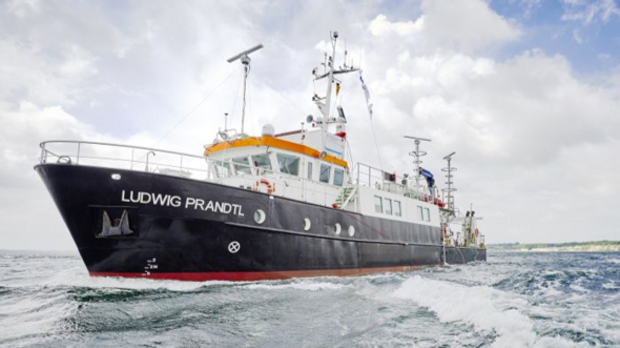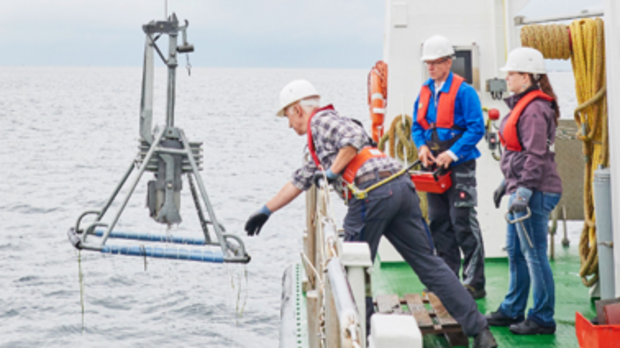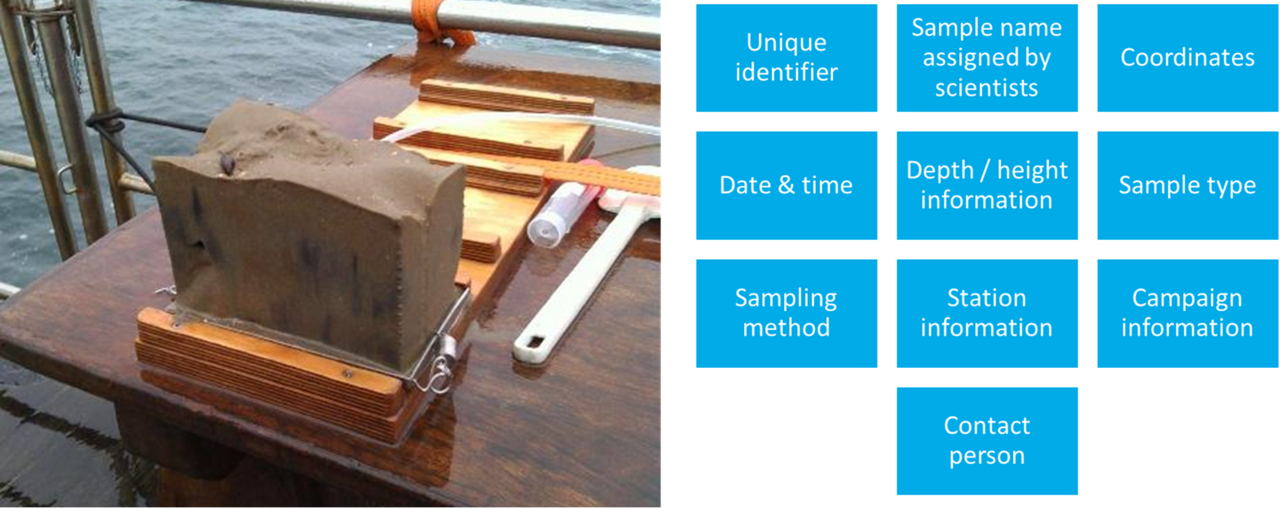

Hereon Use Case: Automatically assign IGSNs for a sample database
At HZG a large variety of water, sediment and other samples for biogeochemical analyses are collected during ship and land-based campaigns, from creeks, rivers, coastal seas and oceans. The Helmholtz Coastal Data Center (HCDC) developed a workflow to automate the metadata collection process for these biogeochemical samples. The process standardises and facilitates the metadata generation from the planning phase, through the sample collection, laboratory analysis and quality checks to the storage and publication of the data. We will adapt this workflow in the frame of this project to assign IGSNs to all samples collected during campaigns. To ensure a high quality of metadata, the field scientists are equipped with an app connected to a high-accuracy GNSS receiver. In the commercial field app Survey123 by ESRI, details of the samples, including a unique identifier, geographic coordinates, sample type, used devices, the participating scientists and optional information such as weather conditions, geology and sediment characteristics as well as a picture are electronically stored and immediately sent to a cloud server.

The Hereon biogeochemical campaign database
The published biogeochemical campaign data can be filtered, downloaded and visualized in the campaign database tool. Data are collected during various sampling campaigns by research vessel and also land based. The data are measured in water, sediment and other samples with a vast assortment of different methods. Over 1300 different parameters, inclduing emerging contaminants, have been recorded. ISO conform metadata files are available.

Sample Workflow and metadata
Since the establishment of a quality controlled sample workflow in 2017, more than 30000 samples have been registered. The amount of metadata collected for each sample is increasing over time. The picture below gives an overview on the metadata properties collected for each sample.

